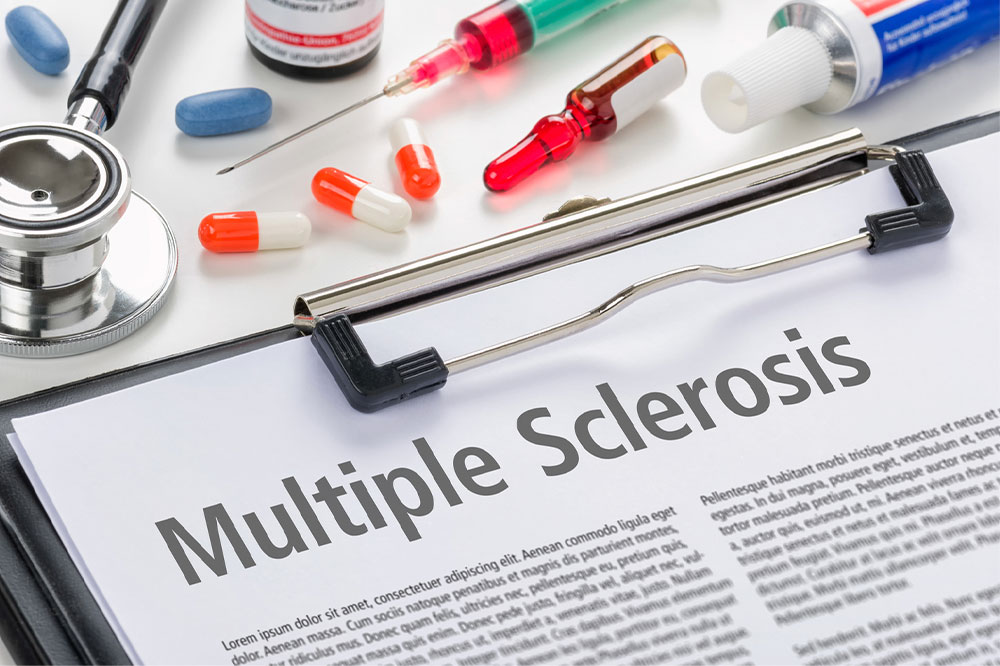Various ways to help manage multiple myeloma

Multiple myeloma is a type of cancer that affects the plasma cells responsible for overall immunity. The mutation triggers an abnormal multiplication of these cells and releases antibodies that affect bone health and compromise bone marrow function. Multiple myeloma is a rare form of cancer with no cure as yet. However, as given below, changes in daily nutrition and lifestyle can supplement the suggested prescriptions and treatments to improve quality of life:
Treatments suggested for various stages of multiple myeloma
Orthopedic surgeons, radiation oncologists, oncologists, and bone marrow transplant specialists are the doctors qualified to treat the various stages of multiple myeloma.
Approved prescriptions
A combination of chemotherapy, corticosteroids, immunomodulating agents, proteasome inhibitors, monoclonal antibodies, and nuclear export inhibitors are used for treating and managing multiple myeloma. These are various classes of prescriptions suggested based on the severity of the symptoms and stage of myeloma. Each prescription targets and manages a specific symptom to help lower discomforts caused by progressive cancer.
Radiation therapy
Radiation is one of the commonly suggested treatments to manage the symptoms of multiple myeloma. It is usually the next step for patients who are not responding well to chemotherapy. High-energy rays are focused directly to destroy as many cancer cells as possible to prevent the spread from the localized region. This is done with the help of an external machine designed to emit controlled radiation, so the treatment is minimally invasive. Radiation is done to prevent symptoms of multiple myeloma from affecting the vertebral bones in the spinal cord that could potentially lead to paralysis.
CAR T-cell therapy
Chimeric Antigen Receptor T-cell therapy is an innovative treatment used in immunotherapy. The immune system is modified genetically to search and destroy cancer cells that are attacking healthy tissue. To enable this function, specialists harvest T-cells from the blood and have them genetically modified in a laboratory. The modification triggers T-cells to bind to BCMA proteins found on cancer cells and helps destroy them at the source. There are several side effects of such BCMA therapies in the short term and long term. So, it is done only when the body is physically fit to endure the transfusion and associated genetic changes. Doctors conduct several diagnostic tests to assess the patient’s fitness.
Stem cell therapy
The bone marrow is primarily responsible for producing red blood cells, white blood cells, and lymphocytes that boost the immune system. Cancer can severely affect and weaken this function, which is where stem cell therapy can help. Healthy stem cells are harvested from a donor’s bone marrow and transplanted into the patient’s bone marrow. The new cells help restore bone marrow function to boost immunity and fight cancer.
Surgery
Surgery is not a commonly suggested treatment as it is more invasive than alternatives available today. It can be suggested as an emergency procedure in multiple myeloma to counter the risk of spinal cord compression and possible paralysis. Surgery may also be done to provide support to weakened bone structures.
Foods for multiple myeloma
Changes in nutrition and cooking techniques can help manage certain symptoms and overcome side effects triggered by treatments for multiple myeloma.
Foods rich in iron
A low red blood cell count could trigger anemia and is one of the major risks of multiple myeloma. This is why nutritionists recommend including more iron-rich foods to help manage the condition. Broccoli, Brussels sprouts, kale, sweet potatoes, bell peppers, mango, papaya, pineapple, guava, and even lean red meats are great sources of iron.
Fiber-rich foods
Chemotherapy treatments can trigger constipation as a side effect among patients. To counter this discomfort, nutritionists suggest eating more fiber daily. Oatmeal, brown rice, broccoli, carrots, artichokes, apples, pears, oranges, berries figs, apricots, prune raisins, assorted nuts, lentils, and beans are naturally rich in fiber. Fiber aids with digestion and helps the body process foods effectively to lower the risk of constipation.
Changes in cooking habits
Treatments also compromise the immune system and increase the risk of infection. Therefore, it is necessary to maintain extra hygiene especially with daily cooking methods. It is advisable to avoid the consumption of raw foods or undercooked meats owing to the bacteria content. Doctors recommend peeling fruits and vegetables to remove as much external bacteria as possible and keep the risk of infection to a minimum.
Lifestyle changes to support treatment and nutrition
Lifestyle changes and incorporating healthy habits can also improve the outlook among patients.
Staying active
Leading a sedentary lifestyle increases the risk of complications associated with progressive disorders like cancer. Doctors recommend some form of light to moderate physical activity to improve the mood, boost immunity, and lower the risk of infections.
Avoiding the use of substances
Many unhealthy substances that are designed to mimic feel-good hormones can affect immunity and disrupt the gut microbiome balance. All these factors can worsen symptom flareups and increase the risk of health complications. It is better to eliminate or gradually reduce the consumption of such substances.
Getting adequate rest
Sleep allows the body and mind to recover from a hectic day. Also, treatments of multiple myeloma can take a toll on the overall body, leading to fatigue. Getting proper rest allows the body to recover from fatigue, process daily nutrition better, and even boost immunity in the process. Sleep is also beneficial as it helps lower cortisol levels in the body to prevent stress from affecting immunity.
Maintaining proper hygiene
Washing hands regularly, avoiding exposure to allergens and bacteria, and getting proper vaccinations and immunizations can help maintain immunity. Multiple myeloma affects the production of white blood cells, the body’s first line of defense. Overall, forming hygienic habits lowers the risk of infections that surface contact or airborne viruses could trigger.
At any point, if the symptoms persist or worsen during or post-treatment, immediate attention is advisable. It could be a sign of progression of multiple myeloma that could trigger severe complications if left unchecked. Consult with the specialist to understand the best possible course of action to improve your long-term outlook.






